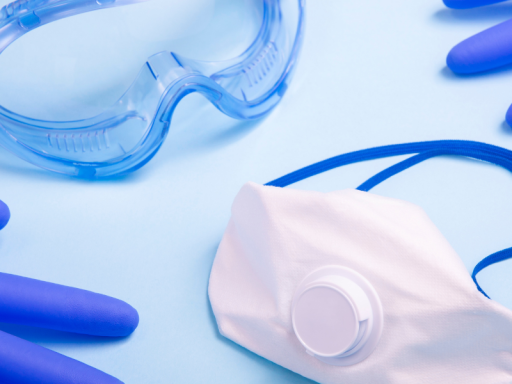One such challenge is the lack of access to properly fitting personal protective equipment (PPE). PPE is essential for many workers, but it is often designed based on male body types. This can lead to ill-fitting equipment that is uncomfortable and unsafe for women.
There are several reasons for this problem. Historically, industries that use PPE have been male-dominated. This has led to a focus on developing PPE based on male body proportions. Additionally, there has been a lack of data on female body measurements in many industries. This has made it difficult to design PPE that fits women well.
Here are a few ways that ill-fitting PPE can impact a person’s safety:
🟠 Reduced effectiveness: Ill-fitting PPE, like gloves that are too loose or a respirator that doesn't seal properly, can't provide the level of protection it's designed for. This leaves workers vulnerable to the very hazards the PPE is meant to shield them from.
🟠 Increased risk of injuries: Loose-fitting clothing or footwear can snag on machinery or equipment, leading to cuts, abrasions, or even amputations. In other cases, ill-fitting PPE can impede movement and dexterity, making it harder to avoid hazards or use tools safely.
🟠 Musculoskeletal disorders: Heavy or bulky PPE can cause strain and discomfort, leading to overuse injuries like tendonitis or carpal tunnel syndrome. This can not only be painful but also impact a worker's ability to do their job effectively.
🟠 Heat stress: Wearing ill-fitting or non-breathable PPE in hot environments can trap heat and moisture, leading to heat stress, dehydration, and even heatstroke.
The good news is, there is a growing awareness of the need for gender-inclusive PPE. More research is being done to collect data on female body measurements, and some companies are starting to design PPE specifically for women.
This is an important step forward. It is essential to ensure that all workers have access to safe and comfortable PPE, regardless of their gender.
Need advice on what PPE you need, for all of your staff, and why it’s important? Get in touch with us – we’re happy to help.
abarrett@whatnosafety.co.uk | 01722 326 390

